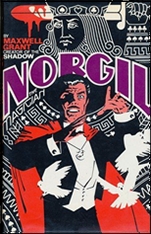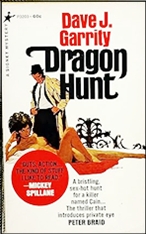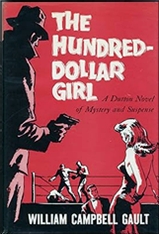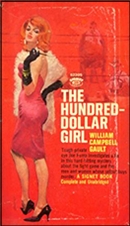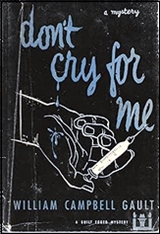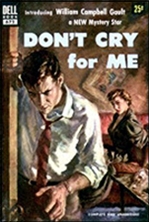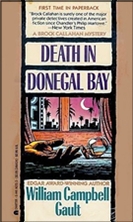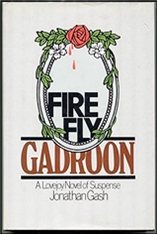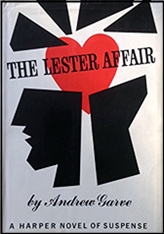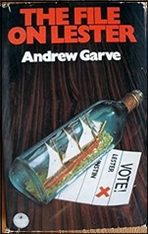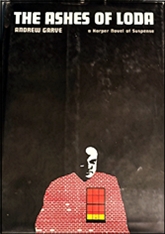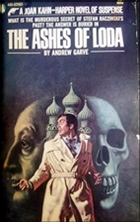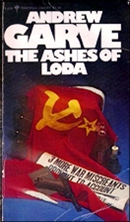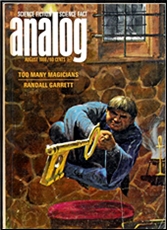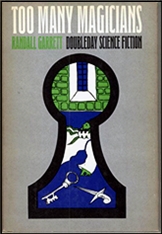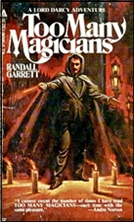Tue 16 Dec 2025
A 1001 Midnights Review: ANTHONY GILBERT – Mr. Crook Lifts the Mask.
Posted by Steve under 1001 Midnights , ReviewsNo Comments
by Kathleen L. Maio

ANTHONY GILBERT – Mr. Crook Lifts the Mask. Arthur Crook #38. Random House, US, hardcover, 1970. Beagle, US, paperback, date?. Published earlier in the UK as Death Wears a Mask (Collins, UK, hardcover, 1970).
Lucy Beatrice Malleson’s mystery-writing career spanned almost fifty years and well over fifty novels. While she started her career as Anthony Gilbert with a polished and gentlemanly sleuth, Scott Egerton, Liberal M.P. and man about town, she is best known and loved for a very different kind of detective. In 1936 she introduced Arthur Crook. cockney lawyer, detective, and “The Criminal’s Hope.”
Of course, Crook’s clients are always innocent. And like Perry Mason, with whom he otherwise has very little in common, Crook always proves his client’s innocence by bringing the real murderer to justice.

In this late Gilbert title, Arthur Crook plays advocate and protector for a spunky spinster named May Forbes. On her nightly sojourn to “Broomstick Common” to feed the wild cats, she stumbles upon a man (in balaclava helmet and mask) about to bury a suspiciously large bundle. While fleeing this fearsome figure, May retreats into a noisy pub, and so into the life of Mr. Crook.
The bundle turns out to be the body of a young woman of loose morals and avaricious ambition. There are plenty of men who might have wanted the victim dead. One young fellow (not surprisingly, an out-of-towner) is arrested for the crime, but since May is sure of his innocence, Crook investigates.
The puzzle of Mr. Crook Lifts the Mask is perhaps a little too easy to guess. but the characters, especially May (or “Sugar,” as Crook calls her) and her man-hating. sharp-tongued friend, Mrs. Politi, are a delight. Arthur Crook. with his irrepressible optimism, his colorful slang. and his ancient yellow Rolls, “The Superb,” is a memorable sleuth. And Gilbert is skilled at creating tidy puzzles and eccentric characters.
———
Reprinted with permission from 1001 Midnights, edited by Bill Pronzini & Marcia Muller and published by The Battered Silicon Dispatch Box, 2007. Copyright © 1986, 2007 by the Pronzini-Muller Family Trust.
